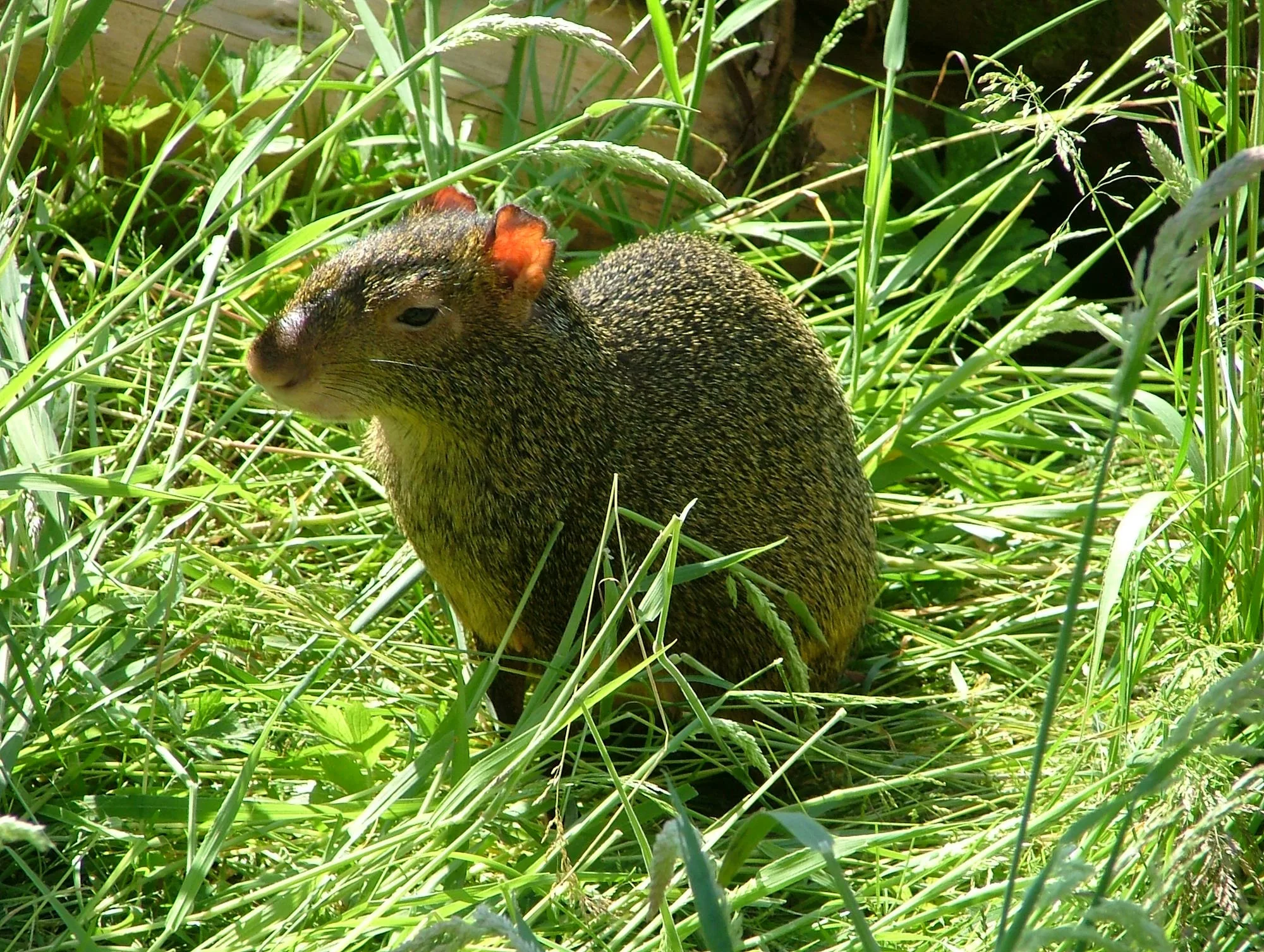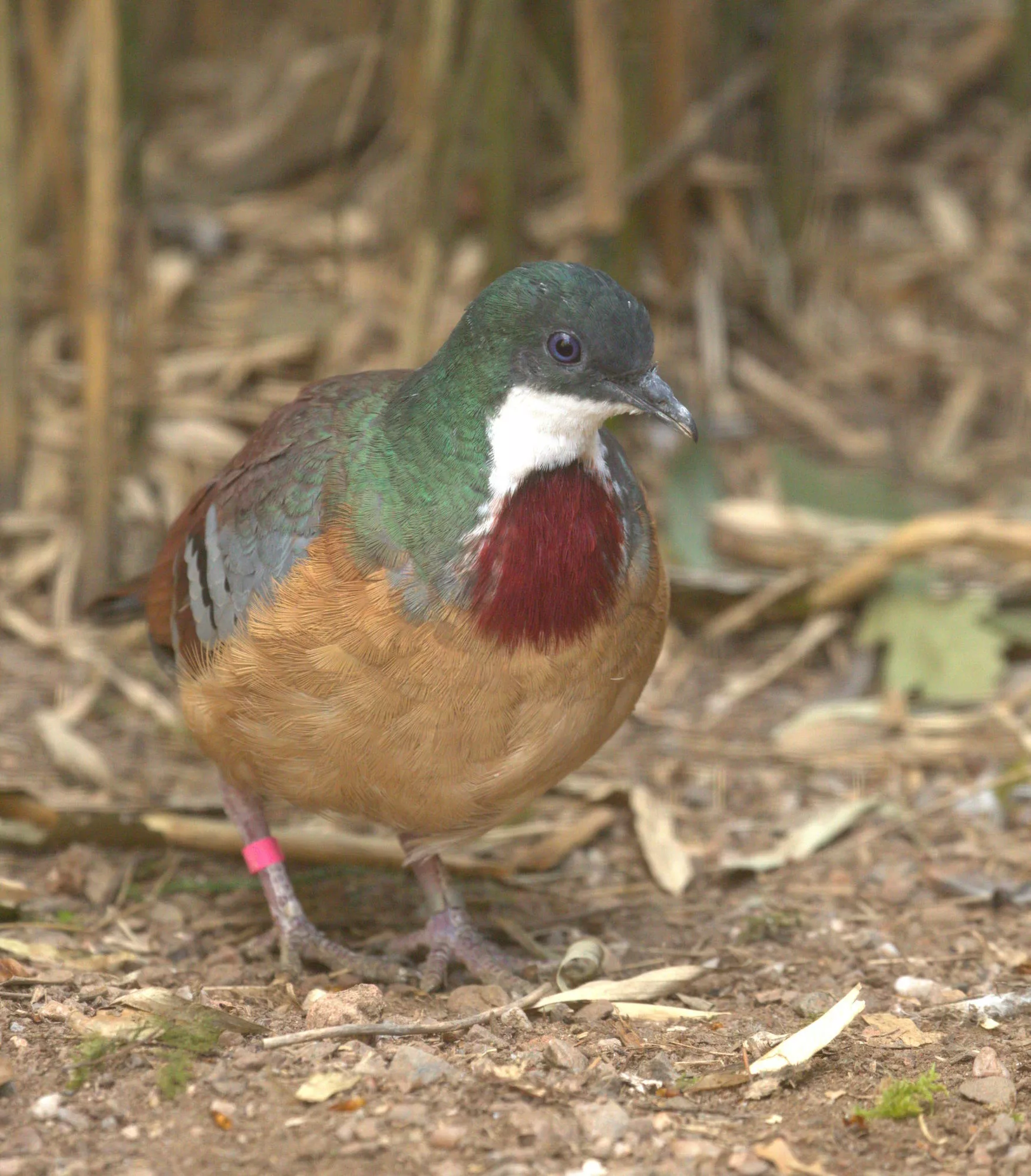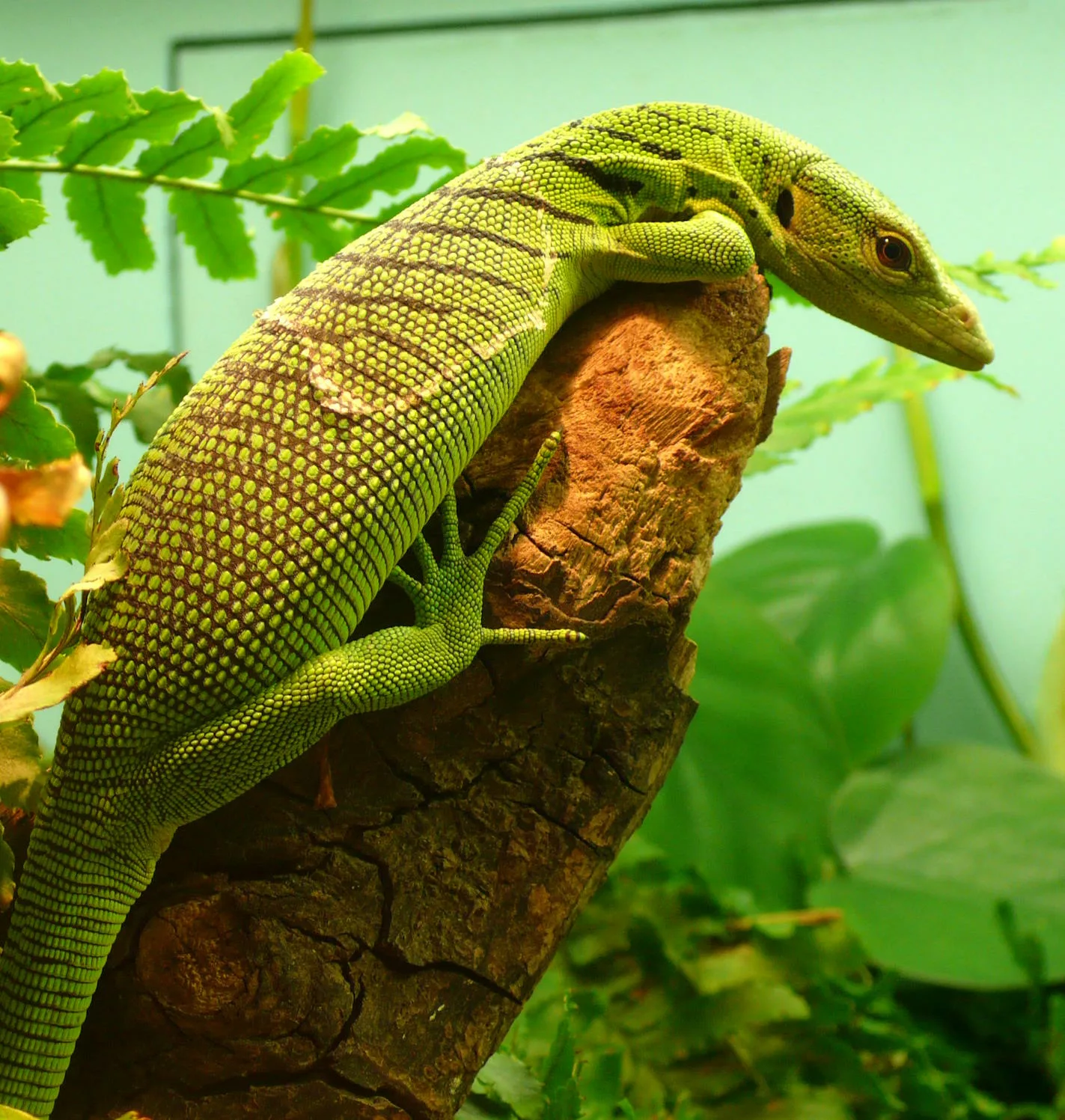
Rock hyrax
Scientific name: Procavia capensis
IUCN listed as: Least Concern
Learn before you visit!
Here are some facts about the species – Discover what they eat, find out about their natural habitat, see what they like to do, and more… Set the reading style to suit you too, everyday speak or something aimed towards children.
Child-friendly
Everyday
Diet
Rock hyraxes are primarily herbivorous, feeding on a variety of plant materials. Their diet includes leaves, fruits, bark, and stems. Occasionally, they consume insects and small invertebrates, which provide additional nutrients. They forage in groups, often with one or more individuals acting as sentinels to warn of approaching predators. This varied diet helps them thrive in different environments and contributes to their overall health.
Rock hyraxes eat mostly plants like leaves, fruits, and bark. Sometimes, they also eat bugs for extra nutrition. They look for food in groups and keep watch for danger. Eating a variety of foods helps them stay healthy.
Breeding
Rock hyraxes breed once a year, typically during the rainy season when food is abundant. Females have a gestation period of about 6 to 7 months and usually give birth to two to four young. The young are well-developed at birth, with their eyes open and fur fully grown. They are weaned after 10 weeks and reach sexual maturity at around 16 months. This reproductive strategy ensures that the young have the best chance of survival.
Rock hyraxes have babies once a year, usually during the rainy season. The mother is pregnant for about 6 to 7 months and then gives birth to 2-4 babies. The babies are born with their eyes open and fur grown. They can eat solid food after 10 weeks and are fully grown by 16 months.
Habitat
Rock hyraxes are found across Africa and the Middle East, inhabiting rocky areas, cliffs, and outcrops. These environments provide ample shelter and protection from predators. Rock hyraxes are well-adapted to these habitats, using their moist foot pads for climbing and their keen senses for detecting danger. Despite their adaptability, habitat destruction and human encroachment pose threats to their populations. Conservation efforts focus on preserving their natural habitats and mitigating human impacts.
Rock hyraxes live in Africa and the Middle East in rocky places like cliffs. These areas give them shelter and keep them safe from predators. They have special feet for climbing and good senses for spotting danger. Protecting their homes is important for their survival.
At the zoo
In zoos, rock hyraxes are provided with environments that replicate their natural rocky habitats. They are fed a diet similar to their wild diet, including leafy greens, fruits, and vegetables. Zoos play a crucial role in educating the public about these unique animals and their importance in the ecosystem. Breeding programs in zoos help maintain healthy populations and genetic diversity. Observing rock hyraxes in zoos provides insights into their behaviours and social structures.
In zoos, rock hyraxes live in areas that look like their natural rocky homes. They eat leafy greens, fruits, and vegetables. Zoos help people learn about rock hyraxes and protect them. Watching them in zoos teaches us about their behaviour and social life.
Behaviour
Rock hyraxes are diurnal and social, living in colonies of up to 80 individuals. They communicate through a variety of vocalisations and scent markings. Their social structure includes a dominant male who oversees the colony. They exhibit behaviours such as sunbathing to regulate body temperature and mutual grooming to strengthen social bonds. These behaviours help maintain the colony’s cohesion and ensure their survival.
Rock hyraxes are active during the day and live in groups of up to 80. They talk to each other with sounds and scents. A dominant male leads the group. They sunbathe to stay warm and groom each other to keep the group close.
Fun facts
- Elephant Relatives: Despite their small size, rock hyraxes are closely related to elephants.
- Sunbathers: They often sunbathe to regulate their body temperature.
- Complex Communication: They use over 20 different vocalisations to communicate.
- Agile Climbers: Their moist foot pads help them climb steep rocks and cliffs.
- Scent Markers: They use a dorsal gland to mark their territory and communicate with other hyraxes.
- Elephant Cousins: Rock hyraxes are related to elephants even though they are small.
- Warm Sunbathers: They sunbathe to keep warm.
- Talkative Animals: They use more than 20 sounds to talk to each other.
- Great Climbers: Their special feet help them climb rocks and cliffs.
- Scent Marking: They use a special gland to mark their territory.
More animals to discover at our zoo
Quick Links
Tickets & Prices
You can buy tickets for Exmoor Zoo securely online, as well as finding out more price options, discover offers, and more…
What’s on…
Exmoor Zoo hosts incredible Events all through the year. You can find out about what we’ve got in store here…
Routes & info
Like any great discovery, Exmoor Zoo can feel a little off the beaten path – but don’t worry – you can plan your journey with our recommended routes and other useful travel info.



























